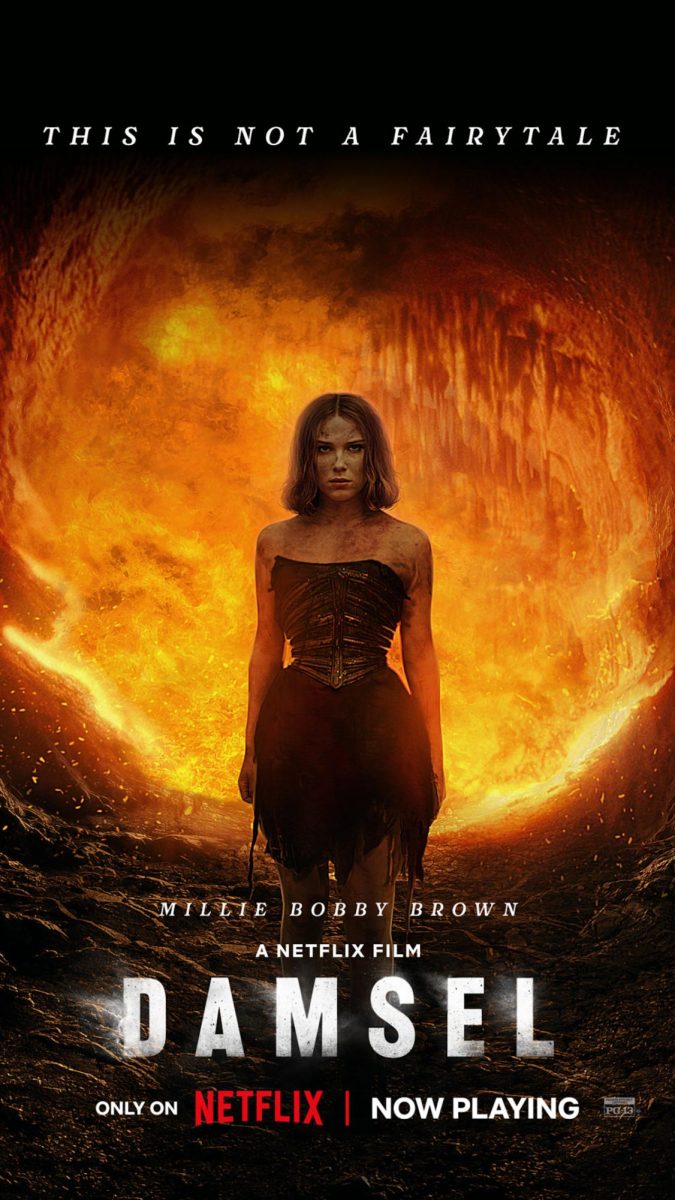In the invigorating, infuriating and fascinating film “Dunkirk,” director Christopher Nolan seems to break a cardinal rule of storytelling: the characters are nearly impossible to tell apart. At the beginning of the film, this seems to be an annoying error, but by the end it becomes both a “Where’s Waldo” style practical joke and a sly thesis statement. War can turn individual lives into cogs of a machine, rendering them dehumanized and indistinguishable. That “Dunkirk” tends to adopt the same worldview is both its Trojan Horse and its Achilles heel.
The film utilizes three perspectives — land, sea and air — to depict the now-canonized evacuation of Dunkirk in 1940. As the Nazis march with alarming speed through France, the British government has limited time to evacuate hundreds of thousands of their soldiers stationed in the country. If they do not act in time, the German forces will obliterate the British troops, leaving the rest of western Europe at the mercy of Hitler. Nolan focuses on individuals’ quests for survival from a variety of vantage points. Over the course of a week, thousands of soldiers on land impatiently wait to return home. The circumstances are dire: recourses are limited, and German bombings bring constant peril. Over the course of a day, a man and his son use their personal boat to save as many people as they can as part of a national effort of civilian volunteers. Over the course of an hour, three Spitfires attempt to stay alive while fighting German bombers.
This plot summary does not convey how unexpected even avant-garde, the film can be or the many ways it upends expectations for what a war drama can and should do. “Dunkirk” is not a straightforward retelling of the evacuation: it makes no attempts at the exposition and there is no acknowledgment of what happens in World War II before or after the evacuation. Large stretches of the film unspool with almost no dialogue. The film does not center on military or political leaders, nor does it give any characters weepy backstories or traditional character arcs. It refuses to editorialize war’s horrors or virtues — the results are as close to apolitical as any film about war can get. Ultimately, Nolan is much more interested in survival than heroism. Even in “Dunkirk’s” most inspiring moments, the central question remains: how can these bodies can make it out alive against seemingly insurmountable odds?
As a director, Nolan displays an almost obsessive attention to detail, and the tendency pays off in “Dunkirk.” The film is epic in every sense of the word, using thousands of extras, period boats and airplanes and near-constant bursts of violence. The cinematography, by Hoyte van Hoytema, is clear and sharp even when the narrative is muddled — individual scenes depict life-or-death stakes without blinking, giving the entire film a riveting intensity. Hoytema finds stark beauty in images of enormity, like seemingly endless lines of men waiting on the beach, or expanses of water tossing and turning with no end in sight. Meanwhile, the film draws tension from both the macro and micro, treating a massive shipwreck and a pilot trapped underwater by a broken plane as equally sobering moments of magnitude. This contrast becomes one of the film’s neatest tricks — like the narrative itself, the visuals portray a constant tension between intimacy and vastness.
Nolan’s screenplay constantly throws the audience off balance. The overlapping subplots are intentionally difficult to follow and mapping out exactly what is happening on screen is one of the film’s chief pleasures and frustrations. Nolan reduces this narrative to almost pure physicality, and he finds that above all war is chaos — the jumbled timelines shrewdly mirror the men’s constant disorientation. It is as if Nolan strips away our defenses until, like the characters, we can only focus on the immediacy of what is unfolding in real time. In “Dunkirk,” the most human emotion of all is vulnerability, and Nolan both depicts and inspires it.
With previous films such as “Memento,” “The Dark Knight” and “Inception,” Nolan earned a reputation as a mad scientist of narrative craftsmanship. Nolan’s work constantly manipulates the elasticity of time, eschewing linear storytelling by interlocking timelines like a set of Russian nesting dolls. At its best, this technique can be thrilling and refreshing, largely because Nolan refuses to pander to his audiences or allow anything less than full attention. There is a certain elegance in how the plots in “Dunkirk” converge and overlap. This film also shows the main downside to Nolan’s signature approach. Sometimes “Dunkirk” can’t see the forest for the all too cerebral trees: following its plot is like solving a Sudoku puzzle, and the end result is barely more emotionally satisfying. As Matt Zoller Seitz said in his excellent review, “Just because [the] gambit is a conscious part of the film’s design doesn’t mean it always works, and there are moments you may wonder whether treating supporting players as something other than glorified cannon fodder might have resulted in a film as emotionally powerful as it is viscerally overwhelming.” Nolan’s approach to characterization can feel reductive, impersonal to the point of futility. What he never loses sight of is the primal emotions — fear, hurt and loss — that motivate each of us in simple and profound ways. Maybe any other additions he could have made would have been a façade. Maybe a body struggling to survive against inhumane forces for no discernable reason is the most human thing of all.















